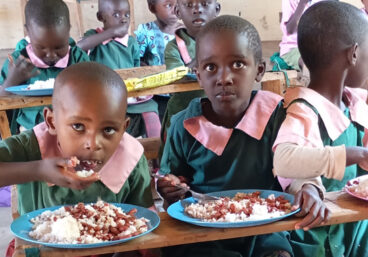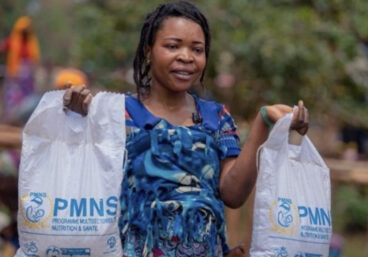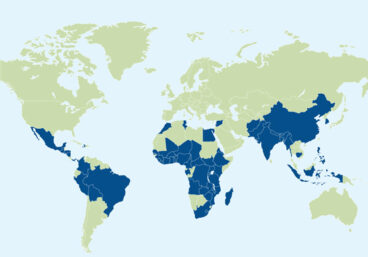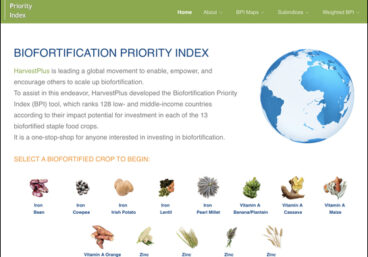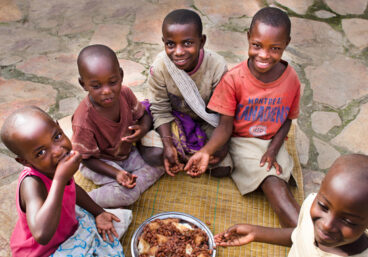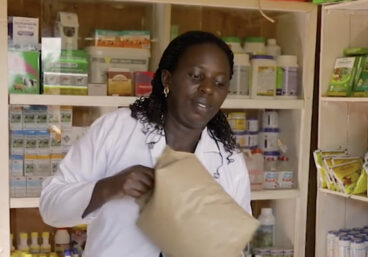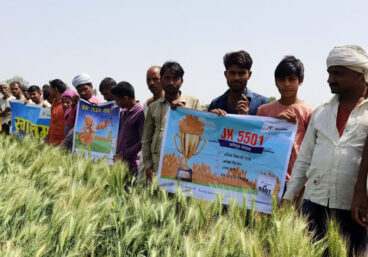The Biofortification Hub is a public repository of knowledge resources about biofortified crops and foods, their reach and impact, and activities under way globally to scale up this proven strategy for addressing hidden hunger. Please explore, use, and share Hub resources!
Biofortification FAQs
What is micronutrient defiency?
Micronutrient deficiency, also known as “hidden hunger,” refers to a lack of essential vitamins and minerals (micronutrients) in the diet. It affects more than 2 billion people, mostly in low- and middle-income countries.
Low-income farming families in developing countries often can’t afford fruits and vegetables and high-quality protein foods, vitamin supplements, or food fortified with micronutrients. They rely on inexpensive but not very nourishing staple foods like corn, rice, or cassava, which often lack the right nutrients to sustain good health.This less visible type of malnutrition can lead to a devastating array of problems, including blindness, stunted development (in both brain and body), physical weakness from anemia, diarrheal and respiratory infections, and even death.
What is biofortification?
Biofortification is the process of increasing the density of micronutrients in widely-consumed staple crops through conventional breeding techniques, agronomic practices, or genetic modification. When eaten, they can provide essential micronutrients to improve nutrition and health. Biofortification focuses on increasing crops’ content of iron, zinc, and vitamin A, deficiencies in which account for the majority of the health burden from hidden hunger. Learn More
Is biofortification a “silver bullet” to address hidden hunger?
There are no silver bullets for addressing hidden hunger, which requires a combination of strategies. Ideally, everyone would be able to access and afford diverse, nourishing diets that provides sufficient amounts of micronutrients, but we are far from this being the case for billions of people around the world.
Biofortification was developed to meet the needs of rural farming households with limited access to micronutrient-rich foods or other nutrition interventions such as industrial fortification and supplementation. Biofortification is a food systems-based approach that improves the nutrient value of the staple foods these families often depend on. Biofortification is now widely recognized as a key pillar in complementary nutrition strategies. HarvestPlus Founding Director Howdy Bouis and three other biofortification pioneers were awarded the prestigious World Food Prize in 2016 for their efforts to advance this technology.
Toolbox
Research
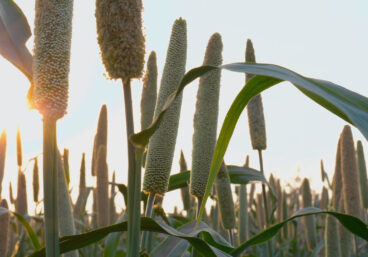
Addressing Iron and Zinc Micronutrient Malnutrition Through Nutrigenomics in Pearl Millet: Advances and Prospects
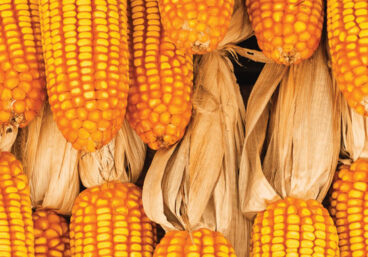
Participatory Evaluation of Provitamin A-rich Maize Hybrids in Savannah Zones of Northeast Nigeria
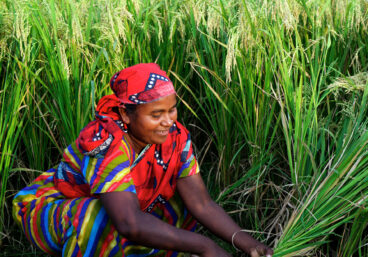
Impact of Nutrition Training on Long-Term Adoption of High Zinc Rice: A Randomized Control Trial Study Among Female Farmers in Bangladesh
Multimedia
Reaching Scale in Rwanda
Just a few short years after introduction, iron biofortified beans were 20 percent of all beans produced in Rwands. Find out how.

